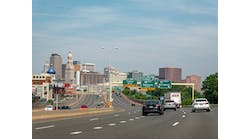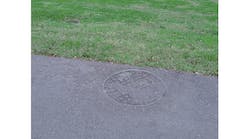The Federal Highway Administration (FHWA) recently released a report to Congress showing the agency's efforts to widely implement a Complete Streets design model across the country.
According to a news release from FHWA, the goal of the Complete Streets design model is to improve safety and accessibility for all road users, including motorists, cyclists, and pedestrians.
In the report, titled “Moving to a Complete Streets Design Model: A Report to Congress on Opportunities and Challenges,” FHWA adopts Complete Streets as its default approach for funding and designing the majority of federally funded roadways in the U.S.
FHWA says almost 70% of roads on the National Highway System are not access-controlled freeways, and these roads serve a wide variety of road users and purposes. These roadways, which include most arterials in urban areas and many small-town main streets, are the focus of FHWA’s Complete Streets initiative.
“Through our Complete Streets initiative, FHWA will play a leadership role in providing an equitable and safe transportation network for travelers of all ages and abilities, including vulnerable road users and those from underserved communities that have faced historic disinvestment,” Deputy Federal Highway Administrator Stephanie Pollack said in a statement.
The Complete Streets design model is a key component of FHWA’s implementation of the U.S. DOT National Roadway Safety Strategy. One goal of FHWA’s Complete Streets initiative is to increase the proportion of transportation projects are safe and accessible for all users.
FHWA’s Complete Streets initiative will address five overarching opportunity areas:
- Improve data collection and analysis to advance safety for all road users
- Support rigorous safety assessment during project development and design to help prioritize safety outcomes across all project types
- Accelerate adoption of standards and guidance that promote safety and accessibility for all users and support innovation in design
- Reinforce the primacy of safety for all users in the interpretation of design standards, guidelines, and project review processes
- Make Complete Streets FHWA’s default approach for funding and designing non-access-controlled roadways
----------
SOURCE: Federal Highway Administration












